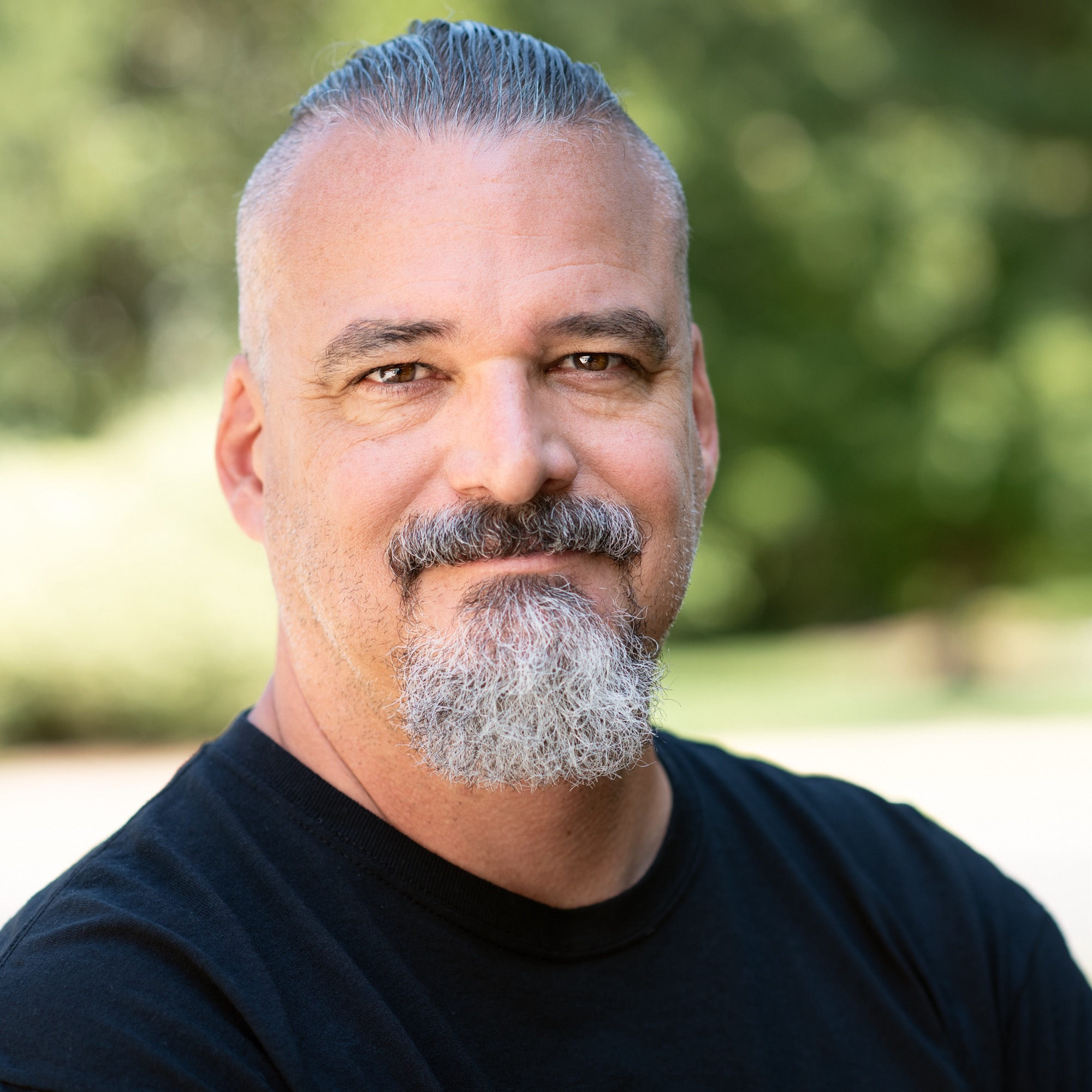Pulled the trigger on the dream rig
That brings us to today.
Like many aspiring astrophotographers, I had my dream setup planned out. Like many plans, it was somewhat “fluid”.

Over the next couple of days weeks I will go through a set of “unboxing posts” (not as much fun as videos, but hopefully informative none-the-less), along with a brief description of what other choices were on my radar and what “tipped the scales”. I researched and researched. Analysis paralysis started setting in, and finally I made up my mind and pulled the trigger. Where applicable, I will also let you know what stuff went back.
Keep in mind as you read these (if, in fact, anyone does) that I am really new to all of this. I hope to catalog my journey, my progress, and my mistakes. Hopefully as I go the former will start to outweigh the latter ![]() .
.
I knew that my wife wouldn’t let me buy this stuff again; I had to do it right. She is a portrait & pet photographer, so she is often “gear shopping” (in fact I know that earlier today she was looking at the Nikon 105mm f/1.4E lens), so she does understand. To an extent.
I had a bullet list of the bigger things that I needed:
- Sturdy, automated, go-to mount
- Small(ish) refractor, preferably apochromatic, either with a flat field, or a flattener available
- Bonus points if the system allowed threaded (vs compression) connections in the imaging train
- solid, automated focusing (focus, as mentioned in other posts, was a touchy area for me)
- A monochrome, cooled camera
- Preferably with a large sensor
- I had no CMOS vs CCD bias (see what I did there? bias?)
- A filter wheel for said camera
- Filters that would not cause halos
- A guiding system
- at the start I wasn’t sure on on or off-axis guiding
- A way to control all of this
- A way to power all of this
- Dew prevention
Yeah, there are many other little things here and there. But how much could those things add up to ![]() ?
?
